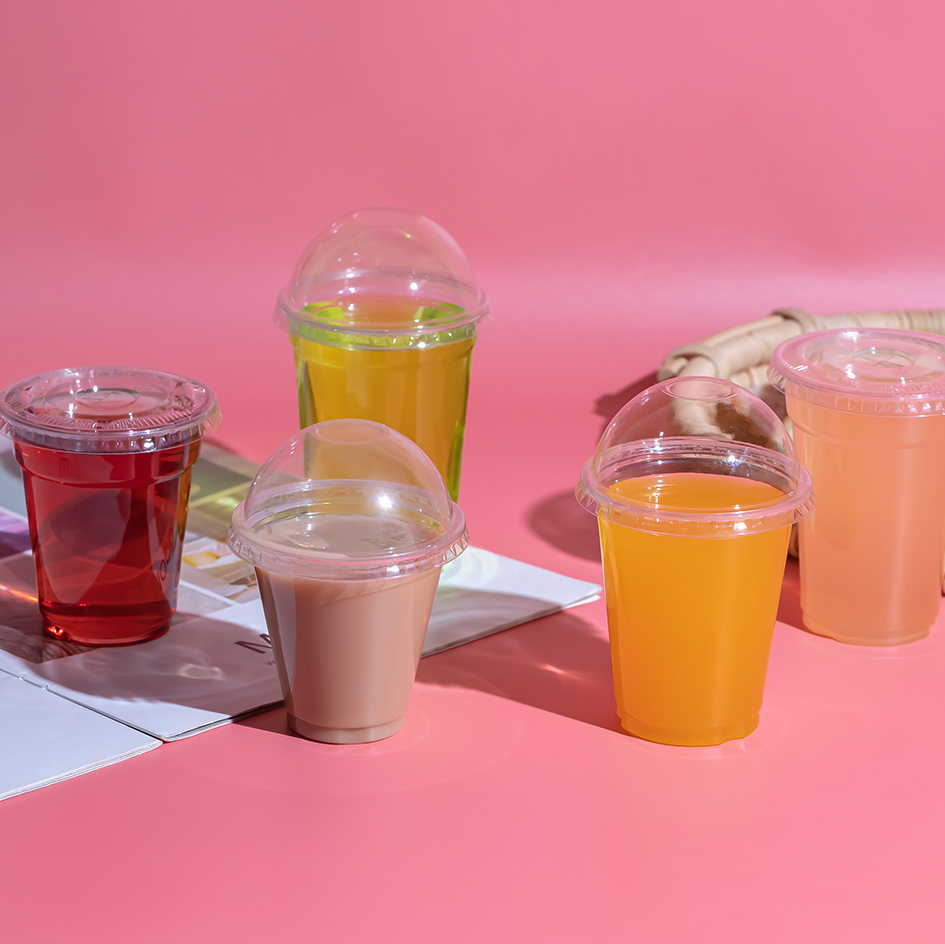Plastic cups were first introduced in the 1940s, as a lightweight and durable alternative to glass cups. The development of plastics as a material in the early 1900s paved the way for the creation of plastic cups and other products.
In the 1940s, World War II spurred the production of plastic cups as a way to conserve metal and glass for the war effort. Initially, plastic cups were made from polystyrene, which is a type of thermoplastic that is easy to mold and has good resistance to impact.
The use of plastic cups grew rapidly in the 1950s and 1960s, as the post-war economy boomed and disposable products became more popular. Plastic cups were convenient and easy to use, and they quickly became a staple of picnics, parties, and other social events.
Over the years, plastic cups have continued to evolve and improve, with the development of new materials and manufacturing techniques. Today, plastic cups are made from a variety of materials, including polypropylene and PET (polyethylene terephthalate), which are lightweight and have good durability.
While plastic cups are still widely used today, they have also come under scrutiny for their environmental impact. Plastic cups are not biodegradable and can take hundreds of years to break down in the environment. As a result, many consumers are turning to more sustainable alternatives, such as paper cups and reusable cups made from materials like glass or metal.



